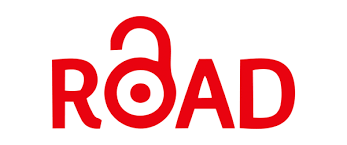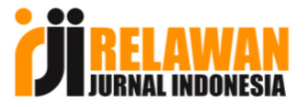FINANCIAL RATIO ANALYSIS TO ASSESS FINANCIAL PERFORMANCE AT PT UNILEVER INDONESIA TBK
DOI:
https://doi.org/10.54199/pijeb.v3i1.416Keywords:
liquidity, solvency, profitability, activityAbstract
This study aims to find out and analyze the performance of PT. Unilever Indonesia Tbk in Tbk in 2016 - 2020. Currently, the company has grown very rapidly and is one of the leading fast-moving consumer goods (FMCG) companies in Indonesia. The analysis in this study focuses on current ratio, current liabilities, quick ratio, cash ratio, debt ratio, debt-to-capital ratio, long term debt to equity ratio, time interest earned, fixed charge coverage, net profit margin, gross profit margin, return on investment, return on equity, profit per share ratio, dividend growth ratio, receivable turnover, inventory turnover, working capital turnover, fixed asset turnover, total asset turnover. The liquidity ratio shows poor results from the analysis of the current ratio, quick ratio and cash ratio, when compared to the existing industry average. The solvency ratio also shows poor results, which can be seen from the analysis of the debt-to-asset ratio and the debt-to-capital ratio when compared to the existing industry average. The activity ratio shows poor analysis results, as well as the liquidity ratio, and the solvency ratio can be seen from the analysis of the inventory turnover ratio while the total asset turnover ratio shows good results when compared to the average of the existing industry. The profitability ratio shows good analysis results as seen from the return on assets ratio and the return on equity ratio while the net profit margin ratio shows "not good" results when compared to the average of the existing industry.











